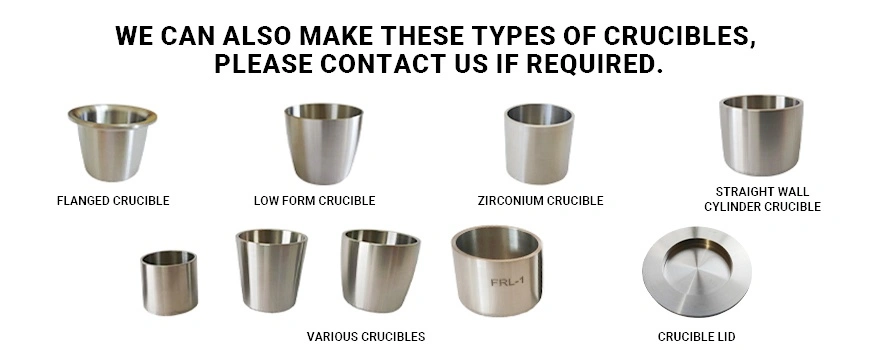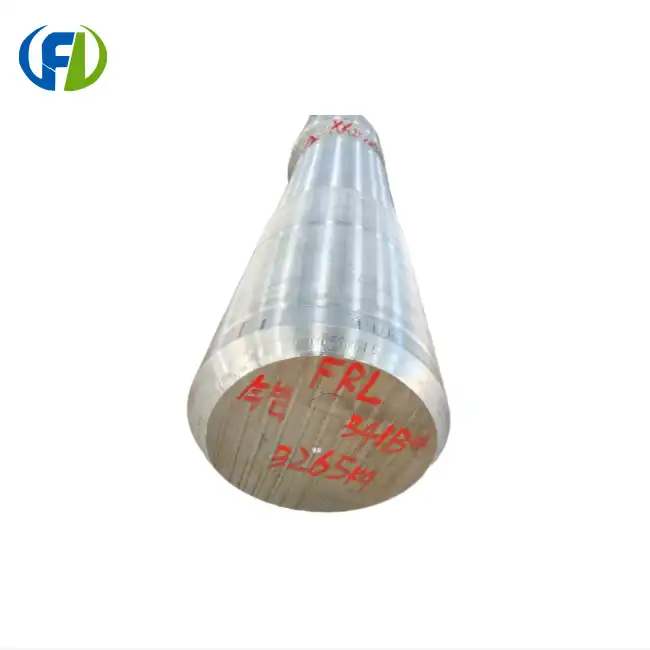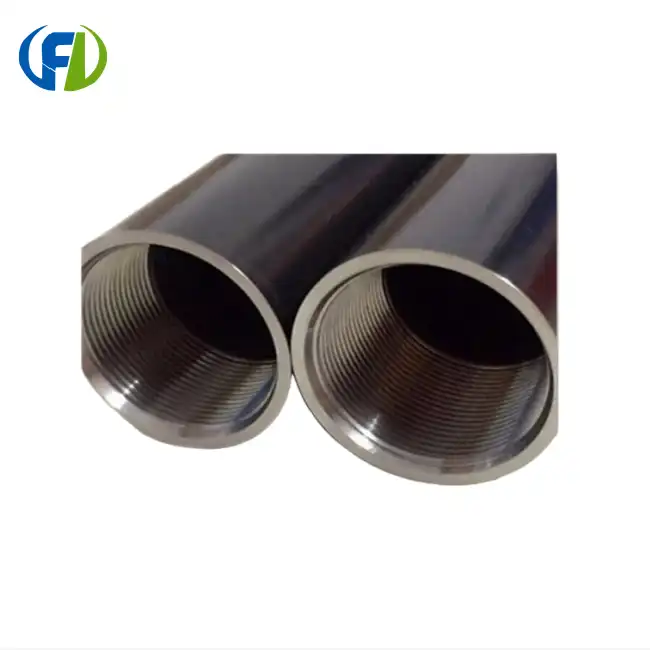- English
- French
- German
- Portuguese
- Spanish
- Russian
- Japanese
- Korean
- Arabic
- Greek
- German
- Turkish
- Italian
- Danish
- Romanian
- Indonesian
- Czech
- Afrikaans
- Swedish
- Polish
- Basque
- Catalan
- Esperanto
- Hindi
- Lao
- Albanian
- Amharic
- Armenian
- Azerbaijani
- Belarusian
- Bengali
- Bosnian
- Bulgarian
- Cebuano
- Chichewa
- Corsican
- Croatian
- Dutch
- Estonian
- Filipino
- Finnish
- Frisian
- Galician
- Georgian
- Gujarati
- Haitian
- Hausa
- Hawaiian
- Hebrew
- Hmong
- Hungarian
- Icelandic
- Igbo
- Javanese
- Kannada
- Kazakh
- Khmer
- Kurdish
- Kyrgyz
- Latin
- Latvian
- Lithuanian
- Luxembou..
- Macedonian
- Malagasy
- Malay
- Malayalam
- Maltese
- Maori
- Marathi
- Mongolian
- Burmese
- Nepali
- Norwegian
- Pashto
- Persian
- Punjabi
- Serbian
- Sesotho
- Sinhala
- Slovak
- Slovenian
- Somali
- Samoan
- Scots Gaelic
- Shona
- Sindhi
- Sundanese
- Swahili
- Tajik
- Tamil
- Telugu
- Thai
- Ukrainian
- Urdu
- Uzbek
- Vietnamese
- Welsh
- Xhosa
- Yiddish
- Yoruba
- Zulu
Zirconium Crucible Manufacturing Process?
Zirconium crucibles are indispensable tools in various high-temperature applications, from metal casting to laboratory experiments. Their exceptional heat resistance and chemical inertness make them ideal for handling molten metals and corrosive substances. But have you ever wondered how these crucial components are manufactured? In this comprehensive guide, we'll delve into the intricate process of creating zirconium crucibles, exploring the methods, challenges, and quality control measures involved.

How are high-purity zirconium crucibles made?
The production of high-purity zirconium crucibles is a complex process that requires precision and expertise. It begins with the careful selection of raw materials, primarily zirconium dioxide (ZrO2) powder. This powder is then processed through several stages to achieve the desired purity and properties.
- Raw Material Preparation: The zirconium dioxide powder is mixed with specific additives and binders to enhance its moldability and final properties. These additives are carefully chosen to ensure they don't compromise the crucible's purity or performance.
- Forming: The prepared mixture is then shaped into the crucible form. This can be done through various methods, including slip casting, isostatic pressing, or extrusion, depending on the desired shape and size of the crucible.
- Green Machining: After forming, the "green" (unfired) crucible may undergo some initial machining to refine its shape and remove any imperfections.
- Sintering: The shaped crucible is then subjected to a high-temperature sintering process. This crucial step densifies the material, bonding the particles together and imparting strength to the crucible. Sintering temperatures for zirconium crucibles typically range from 1500°C to 1800°C.
- Post-Sintering Processing: After sintering, the crucible may undergo additional treatments such as machining, polishing, or coating to achieve the final desired specifications.
The entire process is carefully controlled to ensure the production of high-purity zirconium crucibles that meet stringent quality standards. Each step influences the final properties of the crucible, including its density, strength, and chemical resistance.
Powder metallurgy vs. machining for zirconium crucibles
When it comes to manufacturing zirconium crucibles, two primary methods stand out: powder metallurgy and machining. Each approach has its advantages and limitations, and the choice between them depends on various factors including the desired crucible characteristics, production volume, and cost considerations.
Powder Metallurgy:
Powder metallurgy is the predominant method for producing zirconium crucibles. This process involves compacting zirconium powder into the desired shape and then sintering it at high temperatures. The benefits of this method include:
- Ability to create complex shapes
- Excellent control over material properties
- High material utilization and minimal waste
- Potential for higher purity due to less contamination during processing
However, powder metallurgy also has some drawbacks:
- Higher initial tooling costs
- Potential for porosity in the final product
- Limitations in achieving certain surface finishes
Machining:
Machining involves cutting and shaping solid zirconium material into the desired crucible form. This method offers several advantages:
- Greater flexibility in producing custom or one-off designs
- Ability to achieve tighter tolerances and smoother surface finishes
- Lower initial setup costs for small production runs
However, machining zirconium crucibles also presents challenges:
- Higher material waste
- Difficulty in machining complex internal geometries
- Potential for introducing impurities during the machining process
- Higher production costs for large volumes
In practice, many manufacturers use a combination of these methods. For example, a crucible might be primarily formed through powder metallurgy, with final dimensions and surface finish achieved through machining. This hybrid approach allows for the benefits of both methods to be leveraged, resulting in high-quality zirconium crucibles that meet specific application requirements.
Quality control in zirconium crucible production
Ensuring the quality of zirconium crucibles is paramount, given their critical role in high-temperature and corrosive environments. A robust quality control process is essential to guarantee that each crucible meets the required specifications and performance standards. Let's explore the key aspects of quality control in zirconium crucible production.
Raw Material Inspection:
Quality control begins with the careful inspection and testing of raw materials. The zirconium dioxide powder and any additives are analyzed for purity, particle size distribution, and chemical composition. This step is crucial as the quality of the raw materials directly impacts the final properties of the crucible.
Process Control:
Throughout the manufacturing process, various parameters are closely monitored and controlled. This includes:
- Mixing ratios and times during material preparation
- Pressure and temperature during forming and sintering
- Dimensional accuracy at each stage of production
Advanced process control systems and statistical process control (SPC) techniques are often employed to ensure consistency and detect any deviations from the established parameters.
Non-Destructive Testing:
Various non-destructive testing methods are used to evaluate the integrity of zirconium crucibles without damaging them. These may include:
- X-ray imaging to detect internal defects or inconsistencies
- Ultrasonic testing to assess material density and identify potential flaws
- Dye penetrant testing to reveal surface imperfections
Physical and Chemical Analysis:
Samples from each production batch undergo rigorous testing to verify their physical and chemical properties. This may include:
- Density measurements
- Hardness testing
- Chemical composition analysis
- Thermal shock resistance tests
Performance Testing: To ensure that the crucibles will perform as expected in real-world applications, they may undergo simulated use tests. These could involve exposure to high temperatures, corrosive substances, or thermal cycling to evaluate their durability and performance under stress.
Dimensional Inspection: Precise measurements are taken to verify that the crucibles meet the specified dimensions and tolerances. This is particularly critical for applications where the crucible must fit precisely within other equipment.
Surface Quality Assessment: The surface of the crucible is carefully inspected for smoothness, uniformity, and absence of defects. This is important not only for aesthetic reasons but also because surface imperfections can affect the crucible's performance and lifespan.
Documentation and Traceability: Comprehensive records are maintained for each batch of crucibles, documenting all aspects of the production process and quality control measures. This ensures traceability and allows for continuous improvement of the manufacturing process.
Final Inspection: Before packaging and shipping, each crucible undergoes a final visual and dimensional inspection to catch any defects that may have been missed in earlier stages.
By implementing these rigorous quality control measures, manufacturers can ensure that their zirconium crucibles consistently meet the high standards required for critical applications in research, industry, and advanced manufacturing.
Conclusion
The production of high-quality zirconium crucibles is a complex process that requires expertise, precision, and unwavering attention to detail. From the careful selection and preparation of raw materials to the final quality control checks, each step plays a crucial role in creating crucibles that can withstand extreme conditions and deliver reliable performance. As technology advances and new applications for zirconium crucibles emerge, manufacturers continue to innovate and refine their production processes. This ongoing evolution ensures that these essential tools remain at the forefront of materials science and high-temperature applications.
At Baoji Freelong New Material Technology Development Co., Ltd., we pride ourselves on our expertise in producing top-quality zirconium crucibles and other advanced materials. Our state-of-the-art manufacturing facilities and rigorous quality control processes ensure that our products meet the highest standards of performance and reliability. Whether you're involved in metal casting, chemical processing, or cutting-edge research, our zirconium crucibles are designed to meet your specific needs. We understand the critical nature of your work and the importance of having reliable, high-performance crucibles that you can trust.
Interested in learning more about our zirconium crucibles or discussing your specific requirements? We'd love to hear from you. Contact our team of experts today at jenny@bjfreelong.com to explore how our advanced materials can support your projects and drive your success.
References
1. Smith, J.A. (2020). "Advanced Ceramics Manufacturing: Processes and Technologies." Journal of Materials Engineering and Performance, 29(8), 5132-5147.
2. Johnson, R.B., et al. (2019). "Quality Control in High-Temperature Crucible Production." Ceramics International, 45(12), 14789-14798.
3. Zhang, L., & Wang, Y. (2021). "Comparative Study of Powder Metallurgy and Machining Methods for Zirconium-Based Components." Materials & Design, 204, 109685.
4. Thompson, K.L. (2018). "Zirconium and Its Alloys: Properties, Processing, and Applications in High-Temperature Environments." Materials Science and Technology, 34(10), 1165-1180.

Learn about our latest products and discounts through SMS or email

_1745895160898.webp)
_1744612089156.webp)
